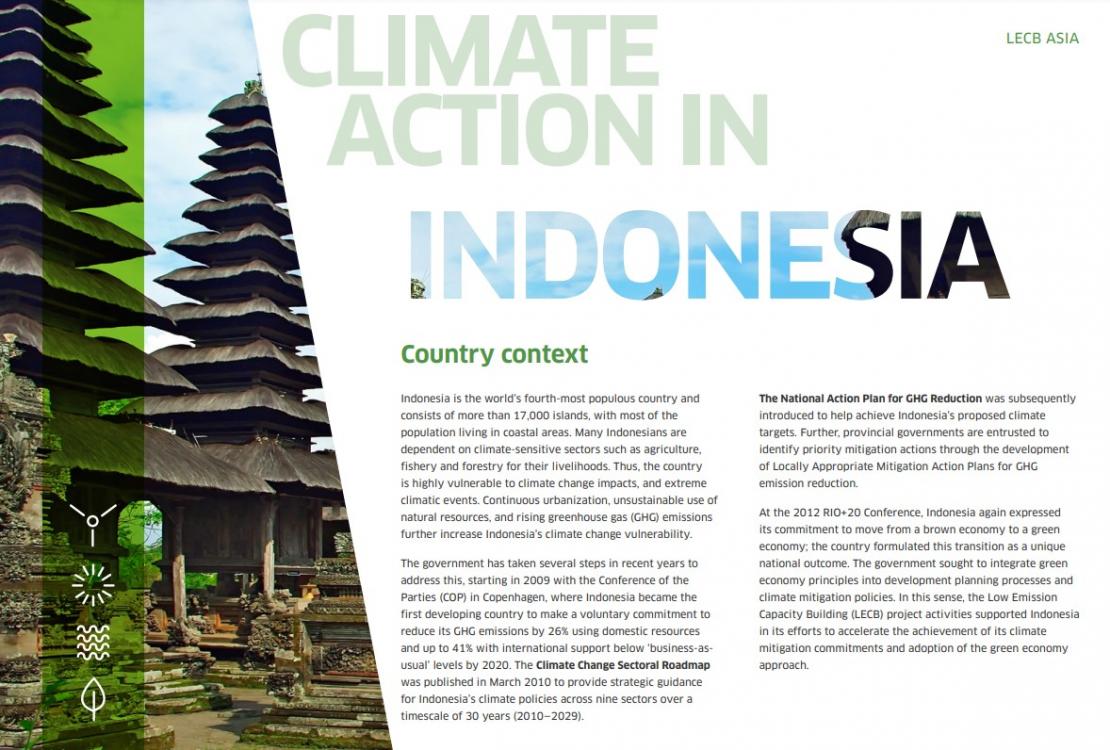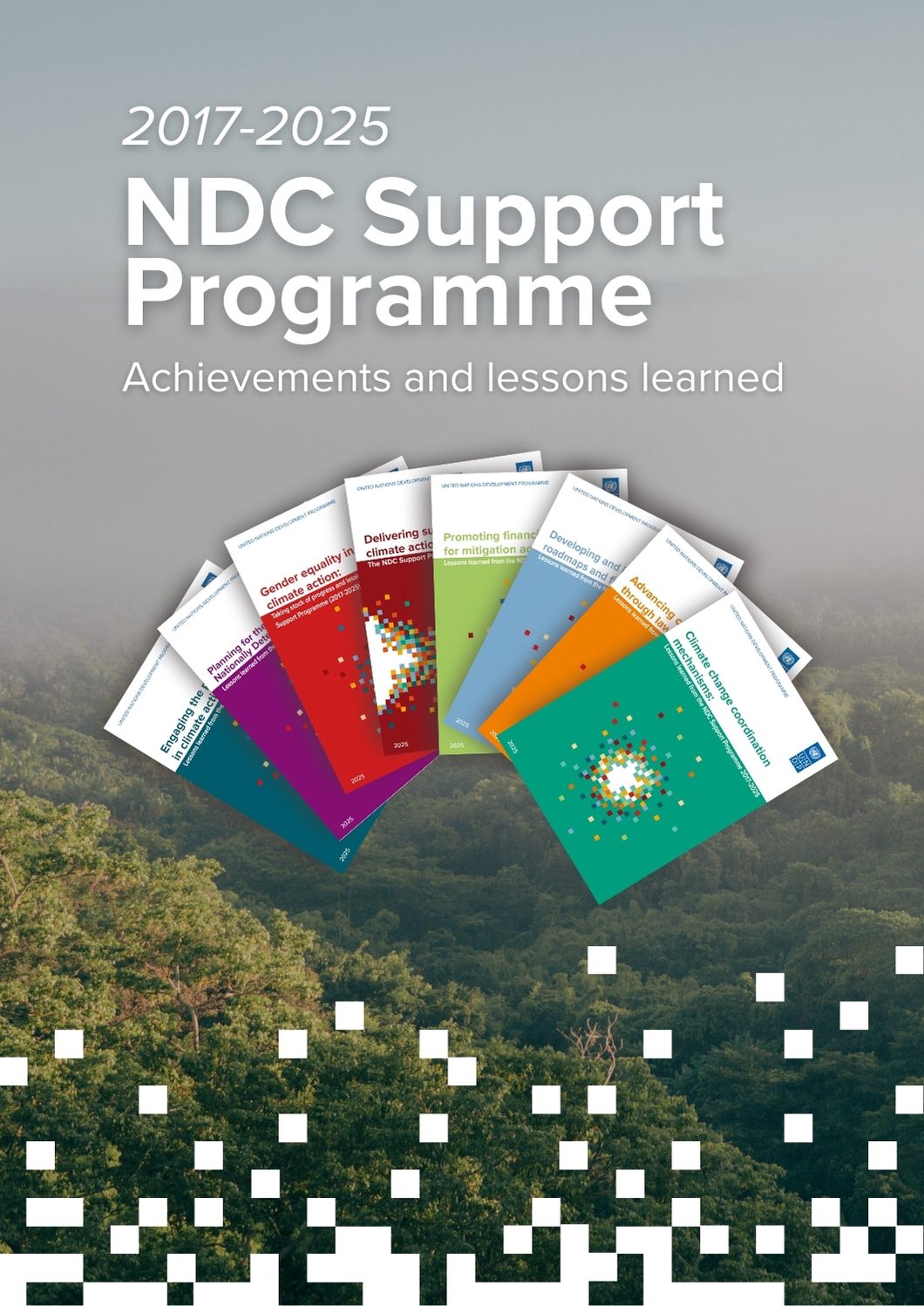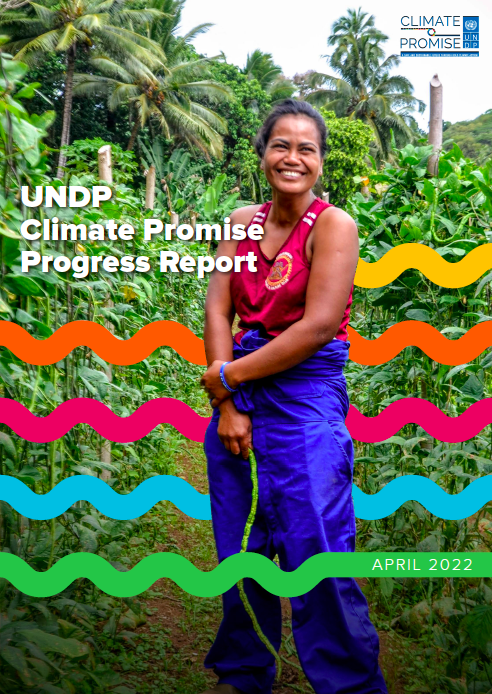LECB Programme Impact and Results: Indonesia

The government of Indonesia has taken several steps in recent years to address the country's high vulnerability to climate change, starting in 2009 with the Conference of the Parties (COP) in Copenhagen, where Indonesia became the first developing country to make a voluntary commitment to reduce its GHG emissions by 26% using domestic resources and up to 41% with international support below ‘business-as-usual’ levels by 2020. The Climate Change Sectoral Roadmap was published in March 2010 to provide strategic guidance for Indonesia’s climate policies across nine sectors over a timescale of 30 years (2010—2029).
The National Action Plan for GHG Reduction was subsequently introduced to help achieve Indonesia’s proposed climate targets. Further, provincial governments are entrusted to identify priority mitigation actions through the development of Locally Appropriate Mitigation Action Plans for GHG emission reduction.
At the 2012 RIO+20 Conference, Indonesia again expressed its commitment to move from a brown economy to a green economy; the country formulated this transition as a unique national outcome. The government sought to integrate green economy principles into development planning processes and climate mitigation policies. In this sense, the Low Emission Capacity Building (LECB) project activities supported Indonesia in its efforts to accelerate the achievement of its climate mitigation commitments and adoption of the green economy approach.


